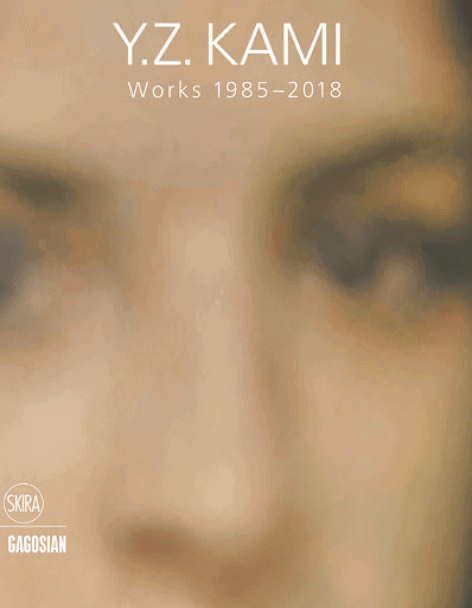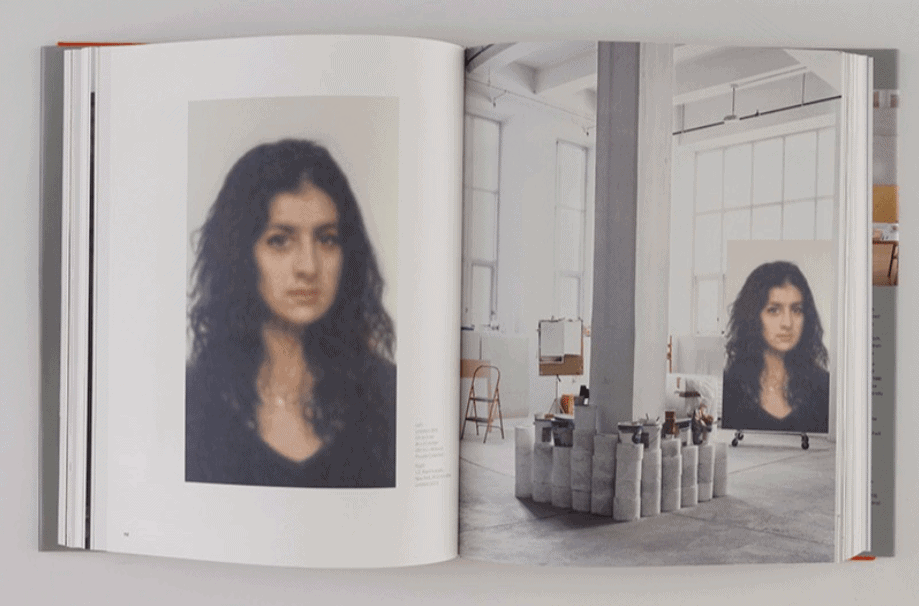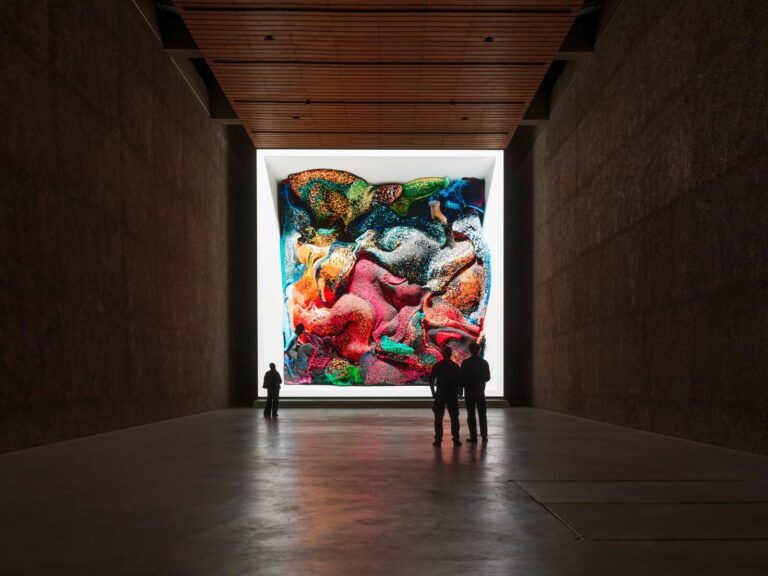
A Conversation with Alejandro Javaloyas
A Studio Visit During the La BIBI Residency
While I was writing on another project, the monographic publication Y.Z. Kami: Works 1985-2018[2] ended up on my reading shelf. Beside being an admirer of Kami’s oeuvre since I saw one of his paintings at Gagosian Gallery in London back in 2015, I had been looking forward to the release of this new book in 2019, co-published by Gagasion and Skira editore, the Italian based publisher well-known and respected for their magnificent art books.
Y. Z. Kami, born in 1956 in Tehran, Iran, lives and works in New York, the United States. The artist studied at UC Berkeley, the and the Conservatoire libre du cinéma in Paris and is represented by the internationally reputed Gagosian Gallery since the 00s. Emerging in the New York art scene since the mid 80s, Y.Z. Kami has had shows at major institutions such as the Los Angelos County Museum of Art (LACMA) or the Museum of Modern Art, New York (MoMA). Further, Kami has been reviewed by major art publications and was included in the Venice and Istanbul Biennial.
The book is a comprehensive monograph on Y.Z. Kami’s works over the last thirty years – a retrospective in print.[3] The physical object is a large scale hardcover book with dust jacket, consisting of around four hundred pages including over three hundred reproductions in color, first published in Italy in 2019 by Gagosian and Skira, printed by Elcograf in Verona, Italy. The book includes articles by leading scholars and curators such as Laura Cumming and Robert Storr, as well as a conversation with Y.Z. Kami and Elena Guena. The book comes at a price around € 65.00. (Find out the current price here)

After spending many hours with the book, studying the works of the artist, my eyes gliding across the typography, turning – matted slightly heavier – pages, and looking at the book as an object on my desk, coffee table or on its shelf, I have grown rather fond of my copy.
The oeuvre of Y. Z. Kami is marked by his monumental and pervasive portraits. The surface is smooth, as his imagery is rendered in his characteristic sfumato technique, resulting in a matt haze hovering over the canvas. Although these portraits are bombastic in size, the image is soothing in a serene stillness.
The Iranian artist had always been interested in painting faces, even more, it is – and I am paraphrasing the artist himself – almost his only interest. Throughout his career, the portraits become less and less conventional portraits. In some cases,they are not portraits anymore, no longer the depiction of faces but of (quasi-)abstract shapes or repetitive patterns as with his Dome paintings or the recent series of Night paintings. However, the general tenor and subject matter of these paintings seem to remain the same. The faces become more and more absent. Slightly, but surely. The figuration becomes flou, dissolves, and abstraction finds its way into his oeuvre.
Y.Z. Kami: Works 1985-2018 illustrates this development in a very clear and almost teleological way. One can survey the development of his oeuvre, technique and subjects throughout the decades. I also really like the cover of the book, a detail of one of these monumental portraits. We can still recall it’s a face, a portrait. However, because it is cropped and zoomed in on this specific detail, it is on the verge of disappearing, dissolving into merely brushstrokes. Doing so, the cover cites a very important aspect of Kami’s portraits, the interplay of figuration with abstraction, the notion of movement, the idea of the depiction of the face as a memory.

While turning the pages, we find – beside reproductions – installation views of certain shows throughout Kami’s career, as well as images of Kami’s studio. The book is a genuine and intimate portrait of Y.Z. Kami, the portraitist, depicting his path, environment and sincere development as an artist. Beside texts by Laura Cumming and Robert Storr, I found great value in the conversation of Elena Guena and the artist, talking about the most common aspects, questions and statements on the subject of his oeuvre. While reading the interview, I could hear the eloquent voice of the artist, talking about difficult and grand topics such as religion, the spiritual and humanity in a very clear, human and refreshing manner.
From an aesthetical point of view, this monographic publication is without any doubt an eminent coffee table book and collectible item. As often, Skira has succeeded in distinguishing itself from other publishers by its simple, accurate and refined design combined with high end printing. A touch of class, enginuity and experience. What strikes me the most with this excellent print, is the paralle l regarding the matt surface of his paintings and the surface of the interior pages. The quality of the reproductions and the manner in which they are displayed, succeed in conveying the scale and feel of the paintings. The trembling of paint on the smooth surface and the interplay with the notion of light, as if the light comes from within, as with the paintings and vision of the artist.
A monographic publication is a landmark in the career of an artist. Y. Z. Kami and in collaboration with have seized without any doubt this moment and opportunity. As with his paintings, quality has the upper hand, dedicating time, care, effort, knowledge and flair to attain something beyond the ordinary. Y.Z. Kami: Works 1985-2018 is the most comprehensive high end publication on one of the most important painters of our time. In terms of quality and design, one could argue there is no room for improvement left. I found the book to be an object to look atrather than to read. Although the texts are well-written and interesting — the interview in particular — the book is characterized by its many high quality reproductions and installation views. Also, when the book is resting, closed, lying down or standing up against other books, thevolume of the object, the grey s pine, the specific close-up of the painting on the cover and the mat dusk jacket make the book stand out from its fellow art book relatives
Last Updated on August 1, 2023

A Studio Visit During the La BIBI Residency

A Reasoned Anthology